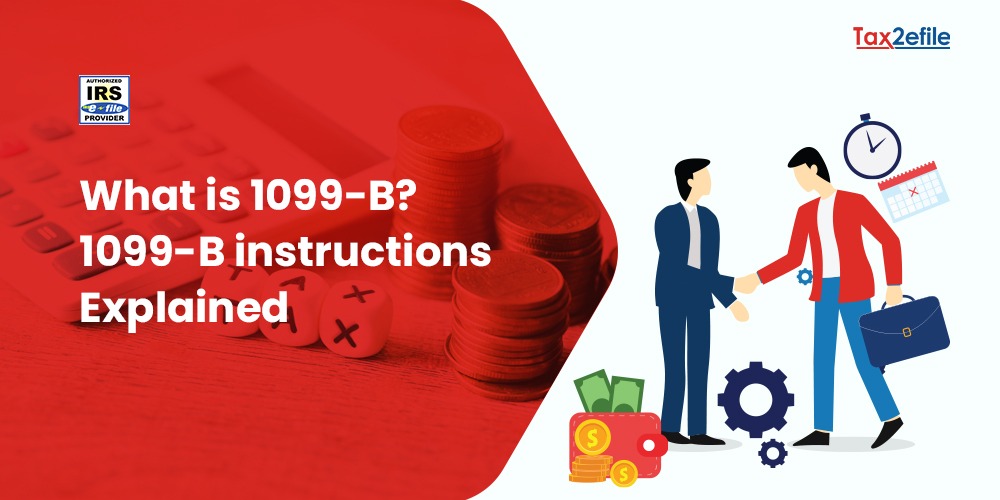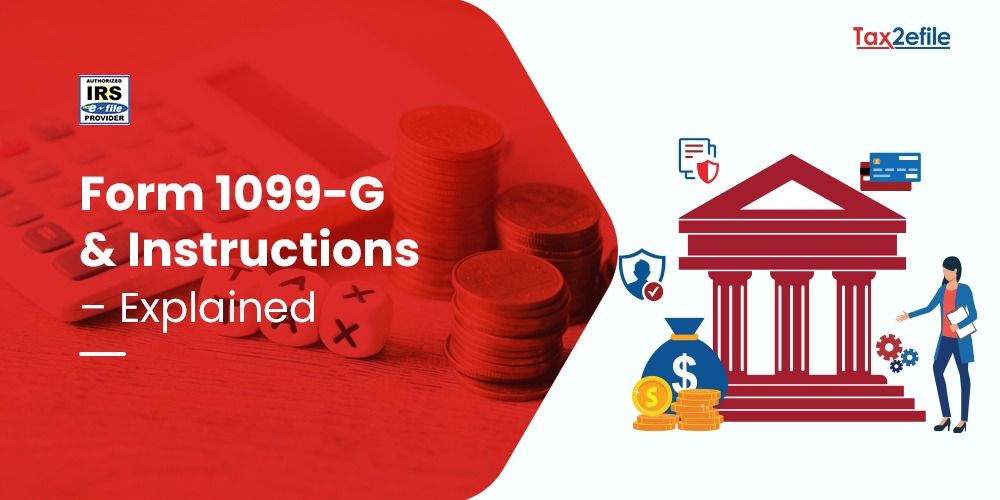- February 25, 2022

The IRS Form 1099- CAP pertains to the changes in the capital structure and the corporate control of organizations and it is generally used to report the substantial changes in the capital structure of organizations. Corporations and large organizations will use this IRS Form for their shareholders who receive stock, cash, and other properties, and are responsible for creating a significant change in the capital structure of the corporation. If the shareholder enjoys a gain from the exchange, then it should be reported on IRS Form 8949, when the IT return is filed.
Table of Contents
Who should report returns in Form 1099- CAP?
The shareholders who own stocks in a corporation, that has undergone significant change in control or capital structure will receive copy B of the Form 1099- CAP. The deadline for filing Form 1099-CAP is January 31st of the tax year.
Corporations generally use Form 1099- CAP to report changes in their capital structure and changes in Control. According to the IRS, the corporation will undergo substantial change in the capital structure if,
- The total amount of cash or property that is given to the shareholder is at least $100 million and the corporation transfers or consolidates assets or combines with another corporation.
- The corporation transfers all or part of assets to another corporation under bankruptcy proceedings.
- The corporation has changed its form, identity, or place of organization.
- The corporation or its shareholders recognize gains under IRS code 367 (a) as a result of their transactions.
Form 1099- CAP Exceptions
The organizations are not required to file Form 1099- CAP with shareholders who are exempt and it includes the following,
- Receive stocks in exchange, that is not subject to recognition under section 367 (a).
- Receive less than $1000 in cash and fair market value of the stock or property.
- The corporation has an exemption certification.
- Tax-exempt organizations are exempted from filing Form 1099-CAP.
- Financial institutions such as banks and credit unions.
Breakdown of Form 1099- CAP
The left side of the Form includes details about the shareholder and corporation, including the names, addresses, TIN numbers, account numbers, etc. The right side of the Form encompasses five boxes.
Box 1: Shows the date on which the stock was exchanged for stock, cash, and other property.
Box 2: Shows the amount of any cash and the fair market value of the stock that the user received in exchange for the stock.
Box 3: Shows the number of shares of the company’s stock that were held and were exchanged in the transaction.
Box 4: Shows the class or the classes of stock that were exchanged. The term C refers to common stock, Prefers to preferred stock and O refers to other stock.
All the copies of Form 1099-CAP are available on the IRS website. There will be three copies of Form 1099- CAP. Copy A will be sent to the IRS, Copy B will be sent to the shareholder and copy C of the Form will be retained in the corporation.


